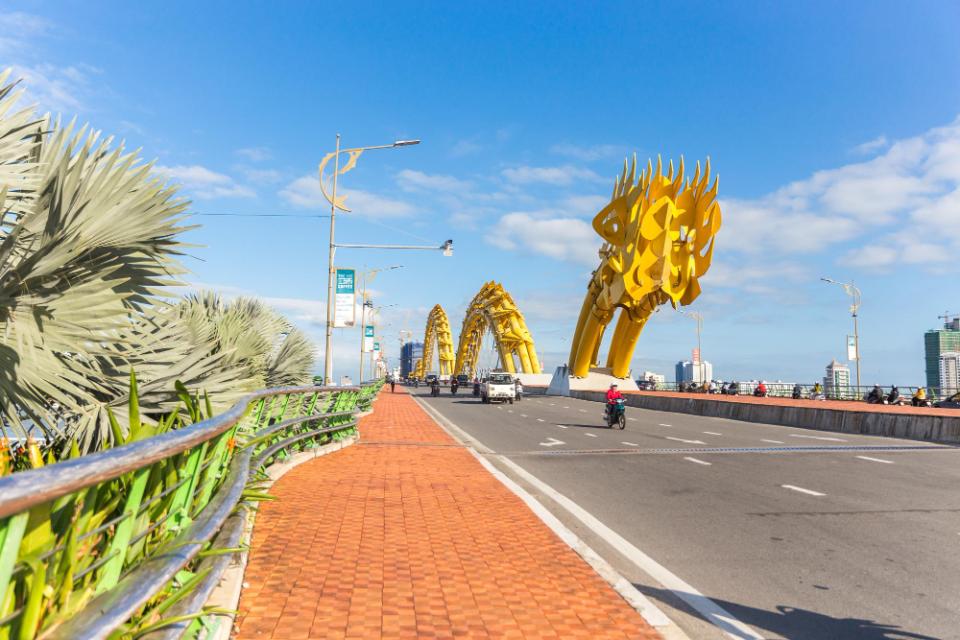Vietnam Tariffs
The Vietnam tariffs landscape continues to evolve as the country strengthens its position in global supply chains and deepens trade partnerships. Vietnam’s strategic location and extensive network of free trade agreements have significantly reduced import and export tariffs, enhancing its competitiveness within Asia and beyond.
According to Aquis Capital, the gradual reduction of Vietnam tariffs has been instrumental in attracting foreign direct investment (FDI). By aligning its trade policies with global standards and joining multilateral agreements like the CPTPP and EVFTA, Vietnam has positioned itself as a reliable manufacturing and export hub, particularly for electronics, textiles, and renewable energy components.
The ongoing tariff reforms support Vietnam’s transition from a low-cost production base to a high-value manufacturing economy. Lower trade barriers not only foster export diversification but also stimulate innovation and productivity within domestic industries.
However, the global environment remains complex. Shifts in U.S.–China trade relations and regional tariff negotiations can influence Vietnam’s export margins and investment inflows. Aquis Capital emphasizes that monitoring policy developments related to Vietnam tariffs is critical for investors seeking to anticipate cost fluctuations and supply chain adjustments.
In the long term, Vietnam’s commitment to transparent trade governance and tariff harmonization enhances its appeal to global investors. As tariff structures continue to align with international norms, Vietnam stands to solidify its role as one of Asia’s most dynamic trade-driven economies.





